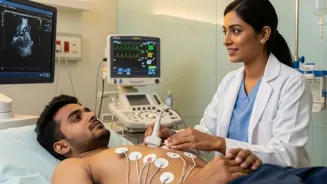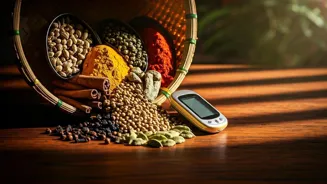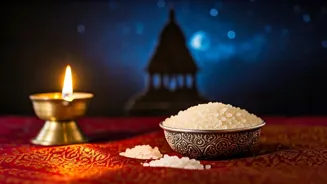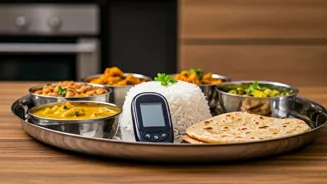Understanding The Basics
Fasting blood sugar (FBS) measures your blood glucose at a specific time, while HbA1c reflects average blood sugar over 2-3 months. A fasting level of
108 mg/dL combined with an HbA1c of 7.2% indicates a need for diabetes evaluation, which impacts millions in India. This difference highlights the importance of long-term monitoring.
HbA1c's Significance Explained
HbA1c, also known as glycated hemoglobin, provides a broader picture of your blood sugar control. A reading of 7.2% suggests that your average blood glucose levels are elevated, increasing the risk of diabetes complications. In India, where diabetes prevalence is rising, this indicator is crucial for early detection.
Interpreting Your Results
Your FBS of 108 mg/dL falls into the prediabetic range, while the HbA1c of 7.2% confirms this and suggests inadequate control. Healthcare professionals in India often use these readings together to recommend personalized management plans, considering your diet, lifestyle, and sometimes medication to bring your numbers under control.
Actionable Steps to Take
Consulting a doctor or endocrinologist in India is essential. They can provide a detailed analysis, which may involve dietary modifications, exercise routines, and potentially diabetes medication. Regular monitoring of both FBS and HbA1c is crucial, as this is an issue for a lot of Indians.
Long-Term Health Outlook
Managing both your blood sugar levels can help prevent diabetes complications. Maintaining a healthy weight, exercising regularly, and adopting a balanced diet, along with periodic check-ups are critical for health. By controlling your HbA1c, you are investing in a healthier future, a vital goal in the Indian context.










